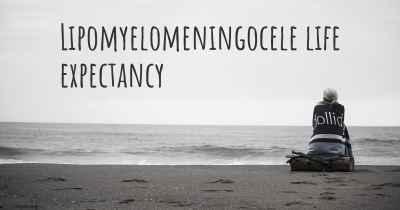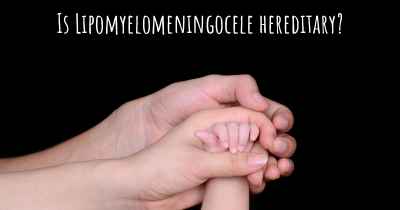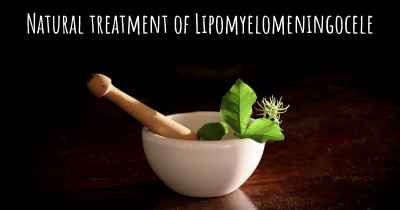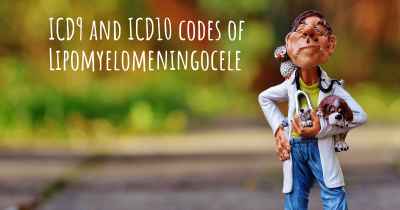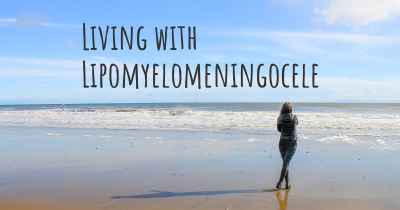Lipomyelomeningocele diet. Is there a diet which improves the quality of life of people with Lipomyelomeningocele?
Are you aware of a diet that can improve the quality of life of people with Lipomyelomeningocele? Is there a diet that is suggested to avoid when having Lipomyelomeningocele? See if there is a diet that can improve the quality of life of people with Lipomyelomeningocele, recommended and to avoid food when having Lipomyelomeningocele

Lipomyelomeningocele Diet: Improving Quality of Life
Lipomyelomeningocele is a congenital condition characterized by the presence of a fatty mass, known as a lipoma, on the spinal cord. This condition can lead to various neurological symptoms and impairments. While there is no specific diet that can cure or treat lipomyelomeningocele, maintaining a healthy and balanced diet can play a crucial role in improving the overall quality of life for individuals with this condition.
The Importance of Nutrition
Nutrition plays a vital role in supporting overall health and well-being. For individuals with lipomyelomeningocele, a well-balanced diet can help manage symptoms, support the immune system, and promote optimal growth and development. While dietary interventions may not directly target the lipoma itself, they can indirectly contribute to improved health outcomes.
Key Nutrients for Lipomyelomeningocele
While there is no specific diet plan for lipomyelomeningocele, focusing on certain nutrients can be beneficial:
- Protein: Adequate protein intake is essential for tissue repair and growth. Including lean sources of protein such as poultry, fish, legumes, and tofu can help support muscle strength and development.
- Omega-3 Fatty Acids: These healthy fats have anti-inflammatory properties and can support brain health. Including fatty fish like salmon, walnuts, chia seeds, and flaxseeds in the diet can provide a good source of omega-3 fatty acids.
- Antioxidants: Antioxidants help protect cells from damage caused by free radicals. Colorful fruits and vegetables like berries, leafy greens, citrus fruits, and bell peppers are rich in antioxidants and should be included in the diet.
- Calcium and Vitamin D: Adequate intake of calcium and vitamin D is crucial for bone health. Dairy products, fortified plant-based milk, leafy greens, and sunlight exposure are good sources of these nutrients.
- Fiber: A diet rich in fiber can help regulate bowel movements and prevent constipation, which is a common issue for individuals with lipomyelomeningocele. Whole grains, fruits, vegetables, and legumes are excellent sources of dietary fiber.
Hydration and Fluid Intake
Staying hydrated is important for everyone, but it holds particular significance for individuals with lipomyelomeningocele. Adequate fluid intake helps maintain proper bowel function, prevents urinary tract infections, and supports overall health. Water is the best choice for hydration, but other fluids like herbal teas, diluted fruit juices, and soups can also contribute to fluid intake.
Considerations and Individualized Approach
It is important to note that every individual with lipomyelomeningocele may have unique dietary needs and considerations. Consulting with a registered dietitian or healthcare professional who specializes in pediatric nutrition can provide personalized guidance based on specific requirements, age, weight, and overall health status.
Other Lifestyle Factors
In addition to a balanced diet, other lifestyle factors can contribute to an improved quality of life for individuals with lipomyelomeningocele:
- Physical Activity: Regular physical activity, as recommended by healthcare professionals, can help maintain muscle strength, improve mobility, and support overall well-being.
- Weight Management: Maintaining a healthy weight can reduce the strain on the spine and improve overall mobility and comfort.
- Regular Medical Check-ups: Routine medical check-ups and follow-ups with healthcare professionals are essential to monitor the condition, address any concerns, and ensure optimal health.
- Psychological Support: Living with lipomyelomeningocele can present emotional and psychological challenges. Seeking support from therapists, support groups, or counseling services can help individuals and their families cope with these challenges.
Conclusion
While there is no specific diet that can cure or directly treat lipomyelomeningocele, maintaining a healthy and balanced diet can significantly improve the quality of life for individuals with this condition. Focusing on key nutrients, staying hydrated, and considering individualized needs can contribute to overall well-being. It is important to consult with healthcare professionals for personalized guidance and support.
